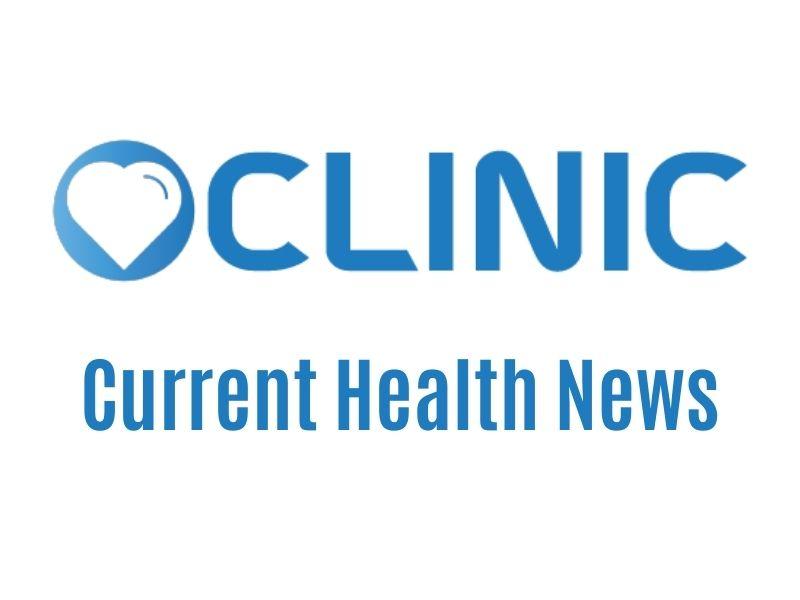Occlusive cerebrovascular diseases or stroke as a result can be defined as abnormality in nervous system functions as a result of any pathology in the cerebral circulation. It is a group of diseases that most frequently cause long-term disability, ranking 3rd and even 2nd among the diseases that cause death, according to some authors. Stroke, or more broadly, cerebrovascular accident, describes an event that usually results in acute and focal neurological disorders due to any event that affects the brain or blood vessels to the brain. Stroke is divided into two classes as ischemic and hemorrhagic. Ischemic stroke accounts for 80% of this disease. Ischemic stroke, with the occlusion of a cerebral vessel or a vessel going to the brain, leads to a decrease in the required oxygen and sugar in the brain region it feeds and loss of its functions. Hemorrhagic stroke, on the other hand, causes similar damage with bleeding in the brain tissue or between the arachnoid membranes of the brain called subarachnoid. This disease has many causes. These;
– Large vein atherothrombotic occlusion: It is the occlusion in the large or medium vessels feeding the brain. This type of obstruction consists of stages such as the growth of the plaque called atherosclerosis in the largest neck vessels called carotid, narrowing of the vessel wall, breaking off from its place and creating a blockage in the vessels closer to the brain or in the brain. This cause is found in approximately 20% of patients.
– Small vessel lacunar occlusion: 40% of the patients are in this group. It is caused by the blockage of small blood vessels in the brain. It creates small infarct areas in deep structures such as basal ganglia, internal capsule and brain stem, which are important structures in the brain. The area formed after the infarction is also called “lacuna”.
– Cardioembolic occlusion: It is the pathology responsible for 20% of cerebrovascular occlusions. It mostly occludes the medium-sized vessels called the vertebrobasilar system that feeds the medium-sized cerebral vessels and the posterior part of the brain. More than half occur after a heart disease called atrial fibrillation.
– Occlusion due to other reasons: It constitutes 20%. Diseases such as vascular dissection, Fibromuscular dysplasia, Moya Moya can be counted.
When blood flow drops below the critical level required for nerve cells, a cascade of biochemical processes begins and results in cell death in a specific area. As a result, clinical findings may vary depending on the degree of ischemia, the volume of the affected area, the functional characteristics of this area, and the duration of exposure. However, headache is seen in 25% of patients and is the most common common finding. If ischemia involving a very large area of the brain (deoxygenated zone) occurs, it is diffuse ischemia, and if it occurs in a small area, focal ischemia is mentioned. There are 4 main clinical pictures that are frequently encountered due to occlusive vascular diseases;
1- Transient (transient) ischemic attack (TIA): There are temporary neurological disorders lasting less than 24 hours. Most of them take 10-15 minutes, so diagnosis can be based on history alone. Dizziness, gait disturbance, speech disorder, unilateral visual disturbance and sometimes unilateral weakness are the most common findings. TIA more than a few times may herald a full stroke in the future (rates of 20-80% have been reported).
2- Reversible ischemic neurologic deficit: It is used for clinical conditions that last more than 24 hours and whose symptoms completely resolve before 3 weeks. Embolism of cardiological origin is mostly blamed. There is a risk of complete stroke in the future.
3- Progressive stroke: It is the term used for the worsening of focal ischemic findings within minutes or hours. It is initially formed by the enlargement of the affected area. This is usually completed within 48 hours. It may take longer in the system that feeds the back of the brain.
4- Completed stroke: There are stabilized ischemic neurological deficits. Embolic strokes begin abruptly, maximal neurologic impairment occurs early, and recovery may take hours, days, or months. Such patients often wake up with a completed stroke and a deficit.
5- Stroke in young adult: Stroke probability is very low in a person under the age of 40 who is not diabetic or hypertensive. The most common cause of stroke in this age group is cardiac embolism. However, drug use, especially cocaine, arterial dissection, fibromuscular dysplasia and coagulation disorders, although rare, should be considered.
Early diagnosis is very important. Other diseases that may be confused with this disease should be excluded. These are diseases such as brain tumors, brain infections such as abscess-encephalitis, post-seizure condition (postictal condition), trauma, subdural hematoma, hysteria, contusion, high blood sugar, low blood sugar, and cardiac dysfunctions. Various techniques such as blood tests, brain tomography, brain MRI, Doppler USGs, MRI angiography are performed to make the diagnosis.
For treatment, at first, urgent treatment of acute stroke is required, in the long term, it is recommended to eliminate factors such as diabetes, hypertension, atrial fibrillation, high cholesterol, excessive consumption of cigarette-alcohol and physical inactivity. Apart from this, treatment of underlying causes, preventive treatment, surgical and endovascular surgical treatments can be applied. If neurological disorders such as paralysis occur in any arm or leg, physical therapy and rehabilitation treatments can also be applied.

